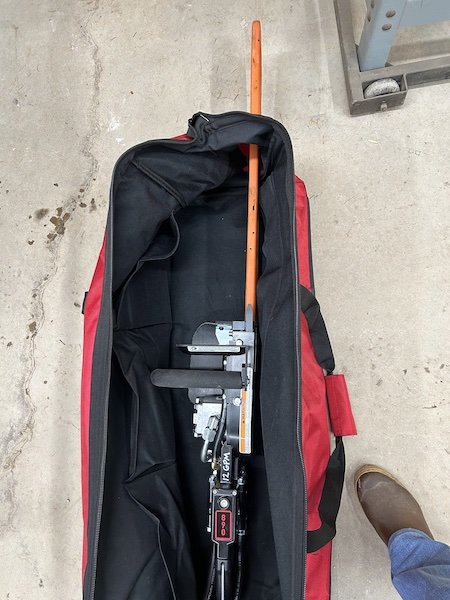Why It's Called Pattern Hacking
I made up the frankenpatterned Easton Cowl/Burda 6329 top. Fabric is a Walmart rayon spandex. I like this version, but I was so focused on fitting the bottom half of the bodice (much better) that I wasn’t addressing the problems I have with the cowl.
It’s not readily apparent on the dress form, but it is when I am wearing the top. The neckline is very wide, and on my broad shoulders, it looks even wider. Think cowl neck on a bateau neckline. The cowl portion does not hang nicely as it does here on the form. It pulls itself into a weird shallow V shape. It’s not awful, but I can tell that something isn’t right.
It’s possible I need to widen the pattern at the shoulders. I don’t think so based on where the shoulder seam sits, although I am allowing for that possibility. What I think I need to do is to bring the sides of that cowl shaping in closer to the neck and make the neckline more rounded. On the pattern, it would look like this:
I would cut that shoulder line in further, either by an inch (leftmost line) or 1-1/2" (right line). Ignore that other sketched-in line. I would make the corresponding adjustment on the back bodice piece.
Theoretically, this should make the neckline rounder and allow that cowl to relax a bit. If you have thoughts, comment below. This is a fairly fast make, especially now that I have figured out how do all of it on my serger and coverstitch. I could run up another version to test my idea.
I realize that at some point, this top may no longer resemble the original Easton Cowl. (My apologies to Liesel Gibson.) This is why it’s called pattern hacking—you just keep hacking away at the pattern until you get it to fit your body.
That was yesterday’s sort-of-win. Before I tackled that top, though, I worked on the project the husband brought me a few days ago. He has a new hydraulic concrete saw and it’s too long for the carrying bag. He wanted to know if I could make an opening in the end of the bag for the blade with the guard on it. If he weren’t married to me, he might have simply slashed a hole in the end of the bag and called it a day, but because we have the knowledge and the equipment, we did it properly.
The bag was constructed from a couple of layers of Cordura. I got out one of my Cordura scraps—in a matching color, even—and talked through with him what I planned to do. I wanted to make sure I wasn’t missing some crucial spatial element. Also, because he was going to help me with the sewing, I wanted him to know what the steps were. I hate being asked to help with a project and having no idea what is supposed to happen, so I try not to do that to other people.
This is where my bagmaking experience came in handy. I planned to make a welt opening in the end of the bag by sewing a piece of scrap Cordura over the place he wanted the opening. The welt would be in the shape of a long, narrow rectangle. By cutting open the center of that rectangle, I could pull the scrap piece of Cordura through to the inside and topstitch it down around the opening, effectively binding the edges of the opening to keep them from fraying.
We also had to take the steel frame pieces out of the top of the bag (sewists, think Poppins bag). I opened a few stitches of the binding below the frame and the husband pulled the frame pieces out. That made the bag flexible enough that I could turn it inside out and maneuver it underneath the machine, although the husband still had to help me by supporting the bag over the machine while I sewed.
It’s not my best sewing—I was working blind in a few spots because of the position of the bag, and the husband was trying to support the bag and hold a flashlight over the bed of the machine for me because I had to take the light off to make room for the bag—but it’s functional:
We put the steel frame pieces back into their channels and I sewed those closed. The saw now fits in the bag and everyone is happy:
I still have two generator covers to make, and the husband noted that a cover for the new hydraulic pump that powers this saw would not go amiss, either.




